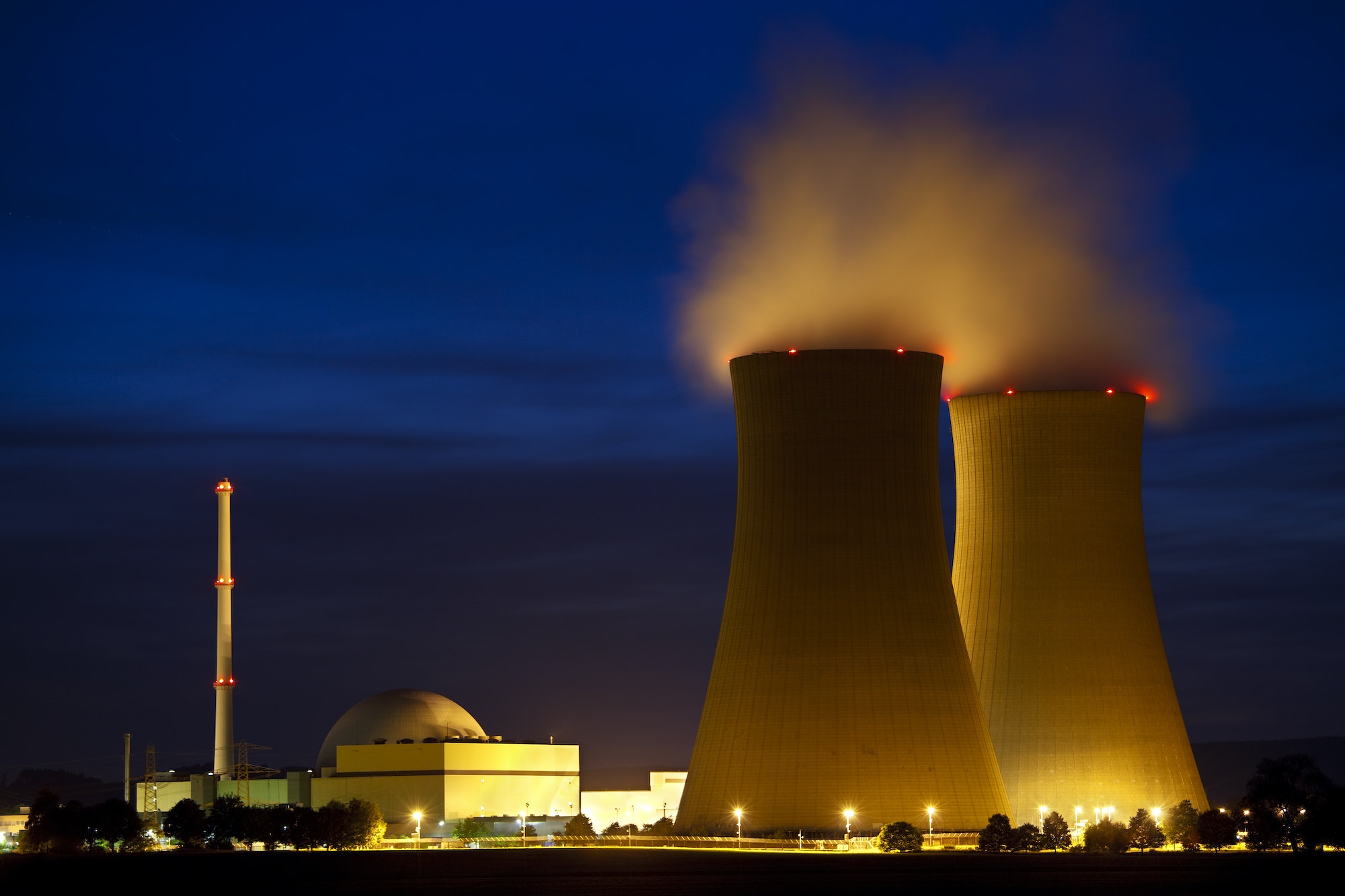So, the world’s in a bit of a fix, right? Climate change is getting real and we need sustainable energy solutions that don’t mess up the planet any more than it already is. Enter nuclear power, which is having a comeback party. But it’s not the old, bulky kind. We’re talking small modular reactors (SMRs) that can crank out electricity without releasing carbon dioxide. In this article, we’ll dive into what’s cool about SMRs, what they bring to the table, and how they’re shaking up nuclear power.
All About Small Modular Reactors
Changing the Nuclear Game
Small modular reactors (SMRs) are totally changing how we look at nuclear power. These are not like the big, complicated nuclear reactors of the past. SMRs are smaller, meaning they’re easier to handle, can be adjusted to meet different energy needs, and have some really cool safety features. What’s more, we can build them off-site, which makes things simpler and cheaper. This fresh take on nuclear energy is making people in the industry and investors pretty excited.

Why SMRs are Super Cool
Here’s the rundown on why SMRs are the future of nuclear power:
- Super Safe: SMRs have top-notch safety systems and passive cooling mechanisms to reduce the risk of accidents. They’re built with high-end materials and cool designs, making safety a top priority at all times.
- Flexible and Scalable: The modular design of SMRs means they can be adjusted to meet different energy needs. You can combine multiple SMRs to create a power plant that’s tailored to a specific area’s requirements. This approach uses resources efficiently and supports sustainable development.
- Affordable: SMRs could really cut down on construction costs and timeframes. Building them in controlled environments means better quality control and quicker licensing. Plus, making them on a large scale can lower costs, making nuclear energy a more affordable and accessible option.
- Smart Waste Management: SMRs have some clever ways to handle nuclear waste, like advanced fuel cycles that reduce the amount and lifespan of radioactive waste. They can even have their own storage facilities for temporary safekeeping of nuclear waste, which can cut down on transportation and storage issues.
How SMRs Could Change the World
Leading the Nuclear Comeback
SMRs are generating buzz around the world and could kickstart a nuclear renaissance. Lots of countries, like the United States, Canada, China, and the UK, are throwing money into SMR research, development, and usage. The race is on to tap into the potential of these next-gen nuclear technologies and use them to produce sustainable energy.

Tackling Climate Change and Energy Security
As we try to fight climate change and cut greenhouse gas emissions, nuclear energy could be a game-changer. Renewable energy like solar and wind are making strides, but they often need backup from fossil fuels. SMRs could be a solid solution by providing reliable, always-on electricity that’s crucial for a sustainable energy future.
Working Together for a Greener Future
Everyone’s Got a Part to Play
To really make SMRs work, we need everyone on board – governments, regulators, and industry players. We need to foster an environment that encourages research, development, and usage. By setting up robust regulations and fostering partnerships, we can tackle technical, regulatory, and financial challenges and make SMRs commercially viable on a large scale.

Wrapping Up
Small modular reactors (SMRs) could totally change the game for nuclear power and help us transition to a sustainable, low-carbon future. With their top-notch safety features, flexibility, scalability, and affordability, SMRs present a solid alternative to old-school, large-scale reactors. As more and more countries recognize the need for clean and reliable energy, SMRs could play a big role in building a greener and more sustainable future.
Disclaimer: This article is just for info and learning purposes. It’s not professional advice or an endorsement of any specific technologies or products.
Frequently Asked Questions
What is a Small Modular Reactor (SMR)?
A Small Modular Reactor (SMR) is a smaller-sized nuclear reactor that can be built off-site and transported to where it’ll be used. SMRs have advanced safety features and can be adjusted to meet different energy needs.
How are SMRs different from traditional nuclear reactors?
SMRs are smaller in size and easier to manage compared to traditional large-scale reactors. They can be constructed off-site, which simplifies the building process and cuts costs. They also have cutting-edge safety systems and can effectively manage nuclear waste.
How do SMRs contribute to combating climate change?
SMRs can generate electricity without emitting carbon dioxide, which is a major contributor to climate change. This makes them a great option for a sustainable, low-carbon energy future.
What countries are investing in SMR technology?
Several countries are investing heavily in SMR research and development, including the United States, Canada, China, and the United Kingdom.
Why are SMRs considered safer?
SMRs are designed with advanced safety mechanisms and passive cooling systems, which minimize the risk of accidents. They use innovative designs, high-quality materials, and incorporate safety at every stage of operation.
How do SMRs help with waste management?
SMRs incorporate advanced fuel cycles that reduce the volume and lifespan of radioactive waste. Some designs also include integrated storage facilities for safe, temporary storage of nuclear waste, reducing transportation and storage challenges.
Can SMRs replace traditional nuclear reactors?
SMRs are an exciting alternative to traditional reactors, offering many advantages like enhanced safety, cost-effectiveness, and scalability. However, the successful replacement of traditional reactors with SMRs will depend on factors like regulatory approval, commercial viability, and public acceptance.


